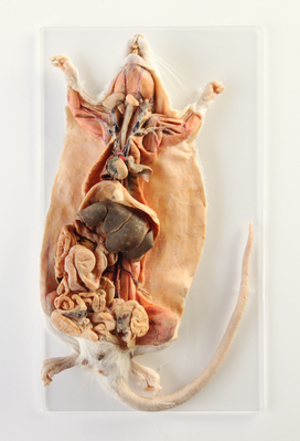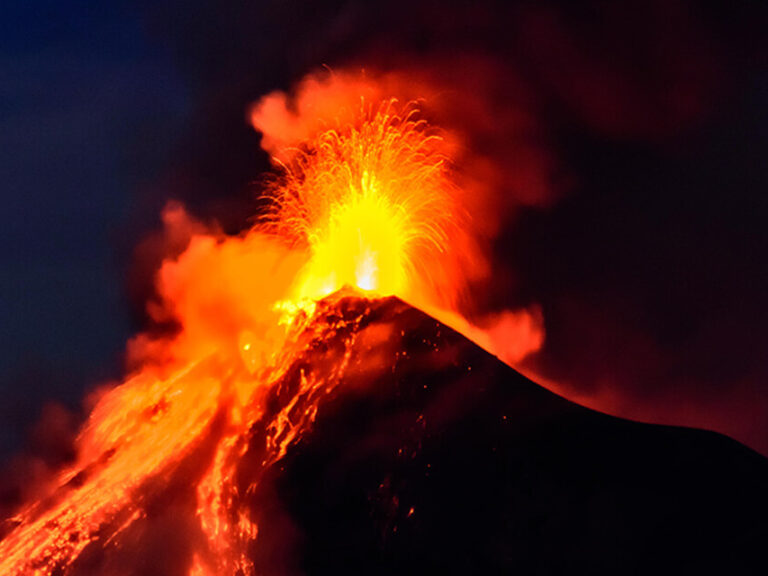The process that takes place in chloroplasts is called...
This process is called photosynthesis.
Photosynthesis produces these products...
oxygen and glucose
These are factors that increase the rate of evolution.
Mutations
Increase in gene flow
This process results in identical daughter cells
MITOSIS
List at least 4 of the seven characteristics of life.
made of cells, maintain homeostasis, adapt to environment, respond to environment, grow and develop, require energy, reproduce
Describe the meaning of the "rule of 10"?
only 10% of the energy from a trophic level is passed to the trophic level above it
The benefits of asexual reproduction are these...
only one parent required
less energy required
typically more offspring are produced
How is the outermost layer of a plant cell different from the outermost layer of an animal cell?
The outermost layer of a plant cell is called the cell wall. The cell wall is a rigid structure that surrounds the plasma membrane of the plant cell. The cell wall contains tiny pores that allow nutrients to move into and out of the cell. The outermost layer of an animal cell is the plasma membrane.
These are the REACTANTS of cellular respiration
glucose and oxygen
This is a difference between primary succession and secondary succession.
Primary succession takes a longer amount of time.
Primary succession's pioneer species is lichens.
Primary succession does NOT have soil.
This is how the population of peppered moths in Europe changed over time...
the population's phenotype changed in response to the changing environment--the emissions causes soot to build up on trees, so the phenotype became predominately dark due to the light phenotype being obvious to predators
Describe the function of the nucleus of the cell.
found only in eukaryotic cells and contains the cell's DNA
This is the longest phase of the cell cycle.
interphase
How does the amount of ATP produced by anaerobic respiration compare to aerobic respiration?
Much less ATP is produced via anaerobic respiration due to there not being oxygen available.
Nitrogen fixation is carried out by this organism
Bacteria
How does genetic drift affect the amount of diversity in a population?
Genetic drift DECREASES the amount of diversity due to decrease in individual organisms.
The large, darkened structure at the top of the abdominal cavity in rats and frogs 
- Cell wall: supports and protects the cells - Large central vacuole: Stores and transports materials inside the cell. - chloroplasts (make food for the plant.)
Describe the structure and function of the cell membrane.
The plasma membrane is composted of phospholipids. These structures form two layers called a phospholipid bilayer. Each phospholipid molecules has a hydrophilic head and hydrophobic tails. The tails are on the interior of the membrane, and the heads point outward.
What kind of succession would this lead to? 
Primary Succession
This would cause an increase in carbon dioxide in the atmosphere
decomposition, combustion, pollution, increased cellular respiration
When a population has reached its maximum population and cannot grow any larger due to limited resources
Carrying capacity